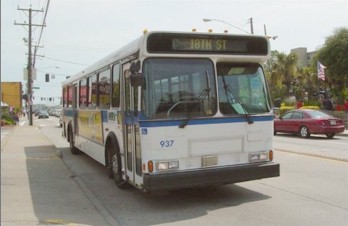Hampton Roads Transit has invested $8 million in equipping its buses with Global Positioning System locators, upgrading bus communications and installing signs at some bus stops to tell passengers when the next bus is due. Reports the Virginian-Pilot: “Through GPS, Hampton Roads Transit will know the location of all 250 buses at all times. HRT says it will allow the agency to reduce delays and tell customers at stops just how long they have to wait.”
People hating waiting for late buses, not knowing when they’ll arrive, not knowing if they’ll be late to their destination. In theory, predictability is key to inducing people to rely upon mass transit for transportation. It will be interesting to track what effect these investments have on ridership.


Leave a Reply
You must be logged in to post a comment.